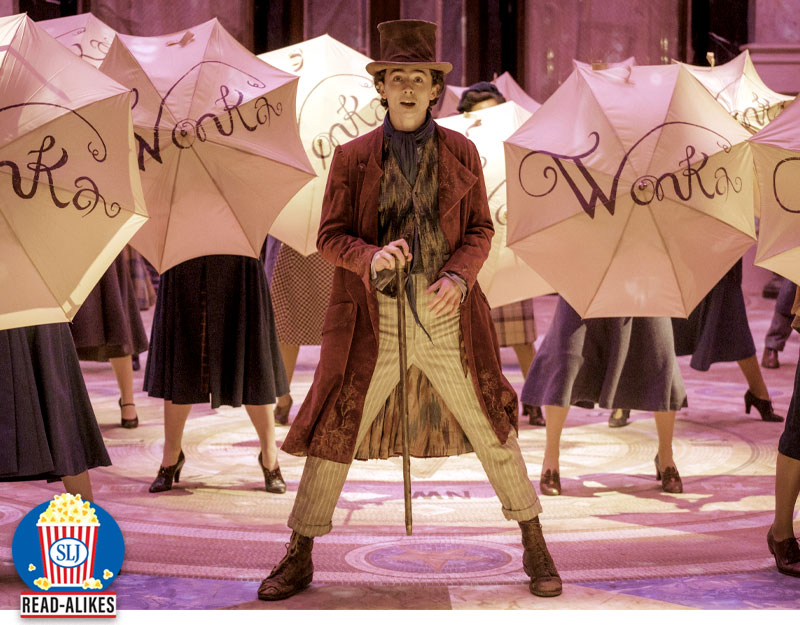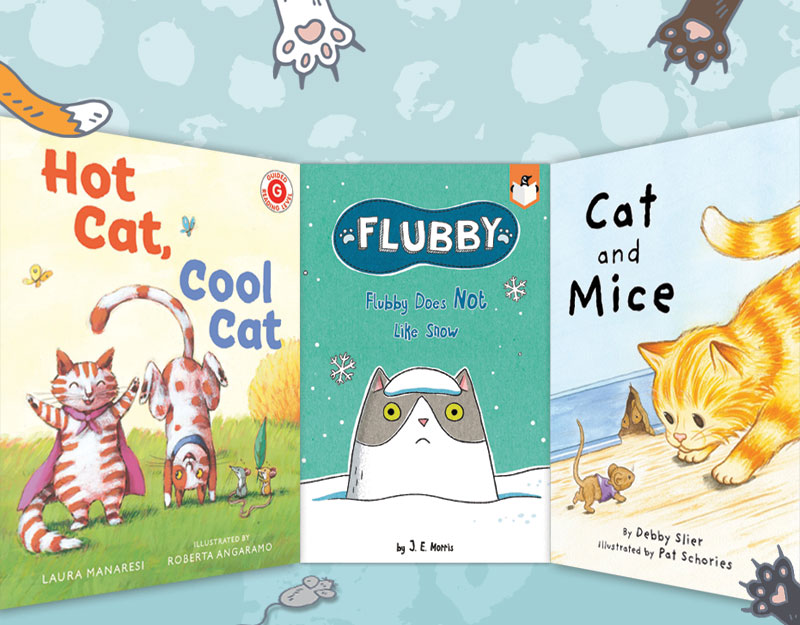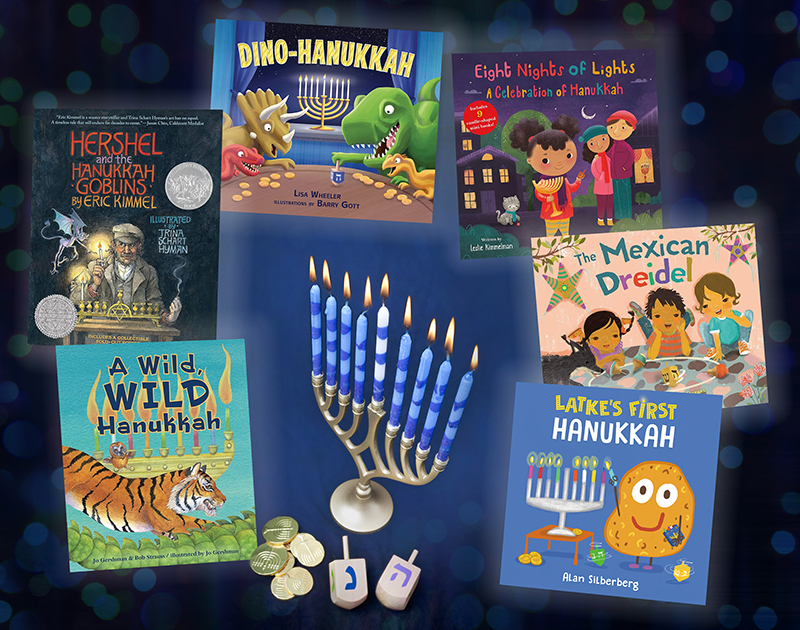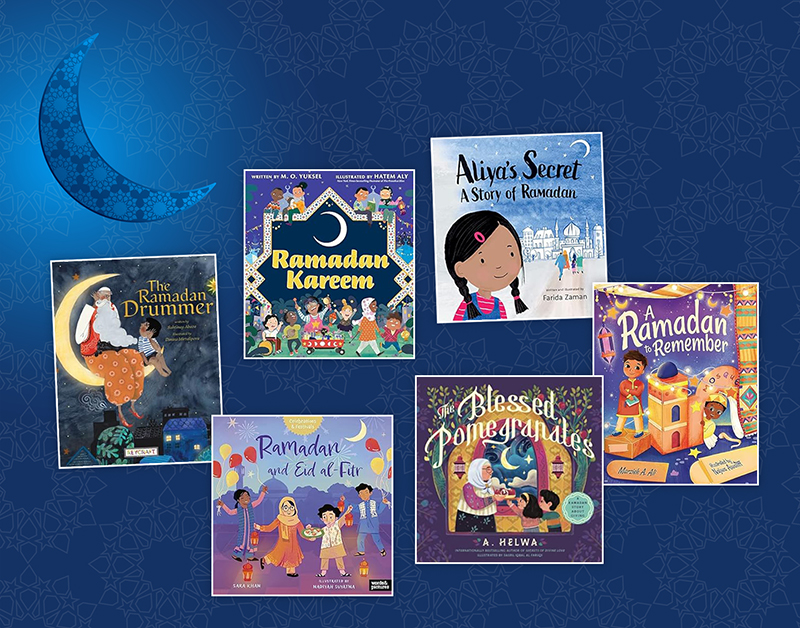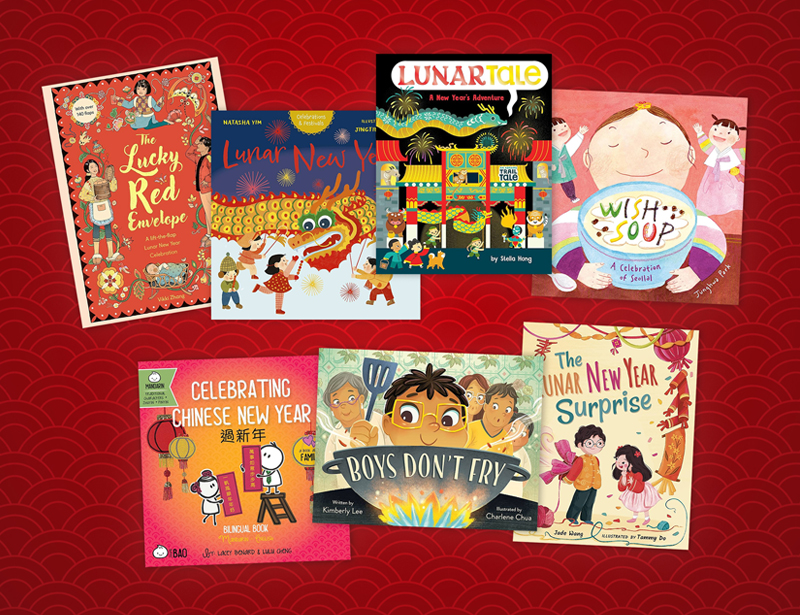Assessing What Matters Most in The One Thing You’d Save

The One Thing You’d Save
Written by Linda Sue Park
Illustrated by Robert Sae-Heng
Published by Houghton Mifflin Harcourt, 2021
ISBN #978-1-328-51513-1
Grades 3 and up
Book Review
Given the hypothetical situation that your home is on fire, and assuming that family and friends are all safe, what is the one thing you would make sure to pull out of the fire with you? This is the exact scenario and question posed to a fictional classroom of middle school students in Newbery Medalist Linda Sue Park’s verse novel The One Thing You’d Save. What starts as a homework assignment framed as a “fun” thinking exercise reveals the keen insight that children can provide about human possessions, relationships, and values. Written in the traditional Korean poetic form of sijo poetry, Park illuminates the voices and perspectives of tweens with very different lived experiences. There’s the pragmatic response from the student who knows the financial fallout that would occur (“MY DAD’S WALLET. DUH.”), the student who knows they live in less-than-ideal housing (“Not a dang thing. Come see it your own self, place is a total dump”.), the student who can’t decide which book to take (“I’ve decided: my bookcase”), and the student still concerned about family (“I’d go right to the bathroom and grab her insulin kit.”) . As the classroom conversation unfolds, Park captures both the outward student-to-student and teacher-to-student interaction, as well as the inner dialogue that others in the class don’t hear. Robert Sae-Heng’s grayscale sketch-like illustrations concentrate on each student’s answer, so that along with the text, readers are positioned to view the seemingly commonplace object through the student’s eyes. An author’s note explains sijo poetry and Park’s unique twist on it, but also encourages readers to use “old forms in new ways.” As an example of the diverse range of poetry celebrated throughout our world, and as a thought-provoking book to share at any time of the year, The One Thing You’d Save will entice your own students to consider what matters most to them and how the beauty of poetry can communicate that with others.
Linda Sue Park talking about The One Thing You’d Save
Teaching Ideas and Invitations
Sijo Poetry. As Linda Sue Park explains in her author’s note, a classic sijo poem is composed of three lines with thirteen to seventeen syllables each. With the help of your school or local librarian, gather a collection of sijo poetry to share with your students, such as Tap Dancing on the Roof, by Linda Sue Park; Sunset in a Spider Web, adapted by Virginia Olsen Baron . Analyze the tone and perspective of the various sijo poems. Study examples of figurative language. Invite students to try their hand at writing sijo poems. Given the oral tradition of poetry, organize a poetry reading party where students can recite and perform their poems (traditional Korean poetry is often sung). Some resources that can provide further insight into sijo poetry are listed in Further Explorations below.
ADVERTISEMENT
ADVERTISEMENT
Reader’s Theater. The One Thing You’d Save is also written as a dialogue among people with different life experiences and perspectives. Additionally, Park does not provide any text that are dialogue tags (i.e., “said,” “replied,” etc.), though she does play with font to signal different qualities of voice, which makes determining what kind of sentence each is and how it should be read aloud a worthwhile exercise for students as they prepare their reader’s theater performance. Have your students practice reading the poems aloud in small groups and then perform a reader’s theater version of it in different voices and with different intonation to hear all the ways it can be read aloud fluently. If you want to hold a reader’s theater performance of various poetry for multiple voices, other texts you might consider include Joyful Noise: Poems in Two Voices, Big Talk: Poems for Four Voices, and I Am Phoenix: Poems for Two Voices, all by Paul Fleischman; as well as You Read to Me, I’ll Read to You: Very Short Stories to Read Together, by Mary Ann Hoberman.
The One Thing You’d Save. Ms. Chang’s homework assignment may prove to be just as engaging and thought-provoking for your own students. Provide them with the same directions: ”Imagine that your home is on fire. You’re allowed to save one thing. Your family and pets are safe, so don’t worry about them.” You could facilitate a class discussion about students’ answers, just as Ms. Chang did, or perhaps combine the assignment with another objective, such as writing an opinion or argument essay. However, it is imperative that you first check to see if any of your students or their families have first-hand experience with a house fire, which may make this activity a re-traumatizing one for students and therefore not one that is done “for fun.”
Debating the Value of Things. The students in Ms. Chang’s class vary in terms of the items they would save. While many reply with practical items, others reply with items that hold sentimental value. Invite students to debate the value of various objects in their home that could have either practical or sentimental value, or both, such as a toy, an article of clothing, a furniture item, a piece of art, or a book. To make sure they support their arguments, teach students different rhetorical ways to persuade (e.g., through logic, through emotion, etc.). Making sure to first consult with your school’s support team (i.e., guidance counselor, social worker, psychologist, etc.) or perhaps even co-facilitate a discussion with them, you might also want to share this New York Times article with them about the objects that remind people of those they have lost during the COVID-10 pandemic.
Reinventing Poetic Forms. In her author’s note, Park explains how she borrowed from the classic sijo structure at times, emphasizing that the power of poetry endures because it “continuously renews itself, and the world.” For example, Pulitzer Prize winning writer Lin-Manuel Miranda took various poetic forms and reworked them into hip hop, rap, and drama. Invite your students to borrow from, play with, and riff on other classic poetry forms–especially those that are traditionally and perhaps over-taught in classrooms– in order to renew them and make them relevant and meaningful in today’s world. Schedule a poetry slam, and invite school and community members to attend to celebrate the creativity that poetry continues to inspire.
Linda Sue Park Author Study. With the help of a school or local librarian, gather a collection of Newbery Award winning author Linda Sue Park’s work and biographical information, making sure to show the range of genres that she writes. What threads of her biography do students see in her work? Read through her texts as a class, noting similarities and differences across the texts’ genres, formats, and styles. Take a close look at her writing techniques, noting her word choices and use of figurative language. Examine the topics and perspectives she writes about in her books. Her poetry books are listed below in Further Explorations, but her full list of books are listed on her website. Compile a list of the writing techniques gained from this author study and invite your students to try out some of these writing craft moves you have discussed in their own writing.
Further Explorations
Online Resources
Linda Sue-Park
Website: www.lindasuepark.com
Twitter: @LindaSuePark
Robert Sae-Heng
Website: www.robertsaeheng.com
Twitter: @robertsaeheng
Instagram: @robertsaeheng
Resources about sijo poetry
Poetry Foundation – https://www.poetryfoundation.org/learn/glossary-terms/sijo
Writer’s Digest – https://www.writersdigest.com/write-better-poetry/sijo-poetic-form
The Sejong Cultural Society – https://www.sejongculturalsociety.org/writing/current/resources/sijo_guide.php
Sijo Poetry for Kids – https://www.playfullearning.net/resource/sijo-poetry-for-kids/
Books
Baron, V. O. (1974). Sunset in a spider web. Ill. by M. P. Kim. Henry Holt & Co.
Fleischman, P. (1988). Joyful noise: Poems in two voices. Ill. by E. Beddows. HarperCollins.
Fleischman, P. (2000). Big talk: Poems for four voices. Ill. by B. Giacobbe. Candlewick Press.
Fleischman, P. (1985). I am Phoenix: Poems for two voices. Ill. by K. Nutt. Harper & Row.
Hoberman, M. A. (2001). You read to me, I’ll read to you: Very short stories to read together. Ill. by M. Emberley. Little, Brown, & Co.
Park, L. S. (2015). Tap dancing for kids. Ill. by I. Banyal. Clarion Books.
Filed under: Book Reviews, Poetry, Verse Novels
About Grace Enriquez
Grace is an associate professor of language and literacy at Lesley University. A former English Language Arts teacher, reading specialist, and literacy consultant, she teaches and writes about children’s literature, critical literacies, and literacies and embodiment. Grace is co-author of The Reading Turn-Around and co-editor of Literacies, Learning, and the Body.
ADVERTISEMENT
ADVERTISEMENT
SLJ Blog Network
Happy Poem in Your Pocket Day!
This Q&A is Going Exactly As Planned: A Talk with Tao Nyeu About Her Latest Book
More Geronimo Stilton Graphic Novels Coming from Papercutz | News
Parsing Religion in Public Schools
Environmental Mystery for Middle Grade Readers, a guest post by Rae Chalmers
ADVERTISEMENT



